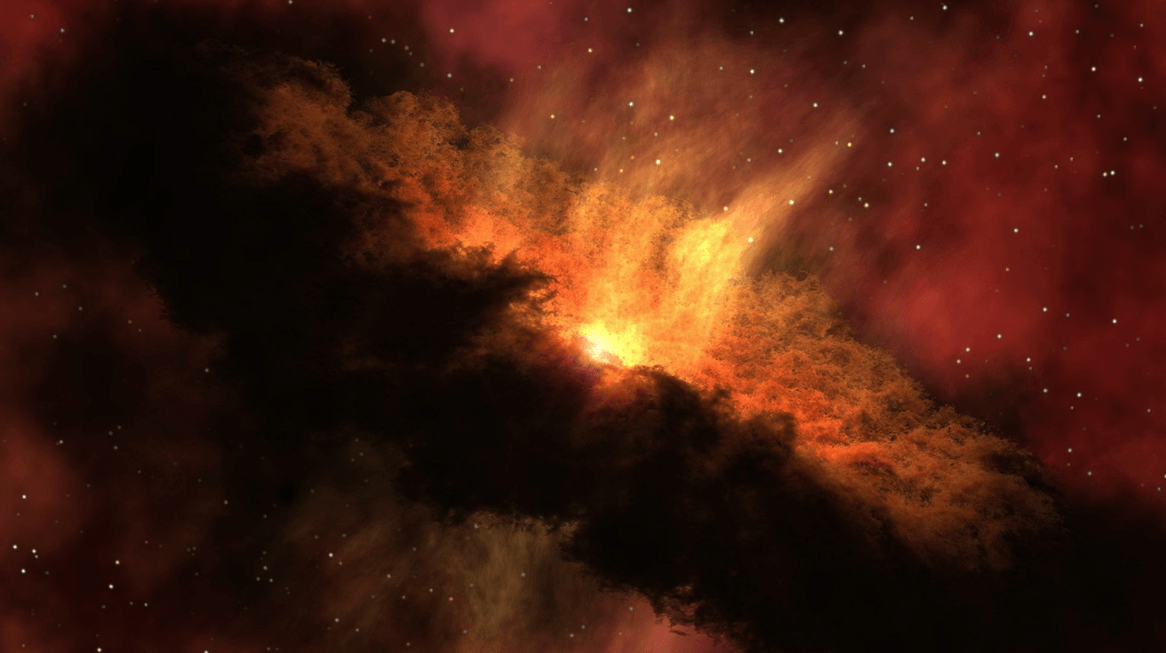Theoretical Astrophysics Seminars
23rd Seminar

The AGN/Starburst connection at z~2 from an IR/submillimeter point of view
Laurie Riguccini
Ehime University
Abstract
It is well known nowadays that most of the mass assembly occurs at z~1-3. However, a non-negligible fraction of the star formation across cosmic time occurred within dust-enshrouded environments. One important question is therefore whether we really know the exact amount of star formation activity, which could be strongly biased by the effect of dust extinction. Another main questions here is to be be able to explain the role of these dust-obscured sources in the formation and evolution of galaxies. Addressing these questions is the main focus of the work I will discuss here.
First, we focused our work on determining the number of luminous star-forming galaxies at 1.5 < z < 3 that are potentially missed by traditional UV/optical selection. From a sample of 24μm sources brighter than 80μJy in the COSMOS field, we applied to this mid-IR selected sample the BzK and BM/BX selection criteria, as well as the selections of the "IRAC Peakers" and the "Optically Faint-IR bright" galaxies (OFIR). The contribution of these sub-populations to the IR luminosity and cosmic star formation density at z~2 was then calculated. We found that the BzK criterion offers an almost complete (~90%) identification of the 24μm sources at 1.4 < z < 2.5. In contrast, the BM/BX criterion misses 50% of the MIPS, while the "IRAC Peakers" criterion selects 64% of our sample. Color selections of distant star-forming galaxies must be used with great caution given the substantial bias they can suffer. In particular, the dust extinction strongly affects the completeness of identifications at the bright end of the bolometric luminosity function and could lead to large and uncertain extrapolations when accounting for the contribution of dusty galaxies missed by these selections.
Secondly, we investigated the composite nature of ultra-luminous infra-red galaxies presenting extreme optical/mid-IR colors at z~2. Here, we try to better understand the Starburst/AGN connection in the brightest sources of my OFIR sample. Using PACS 100 and 160 μm fluxes and SPIRE 250, 350 and 500 μm from the Herschel Telescope, we have tight constraints on the infrared spectral energy distributions of the sources. The goal here is to determine the fraction of the IR luminosity due to the AGN and the fraction due to strong star-forming activity. These very bright (F24μ >> 1mJy) OFIR sources present bluer 100/24 and 160/24 colors than the rest of the 24μm-selected sources, suggesting their infrared output arises from strong AGN activity. Forthcoming facilities that will operate at long wavelengths (e.g., JWST, AKMA, SCUBA-2, etc.) will allow a better understanding of the link between the AGN activity and star-formation up to high redshifts.



 和 英
和 英